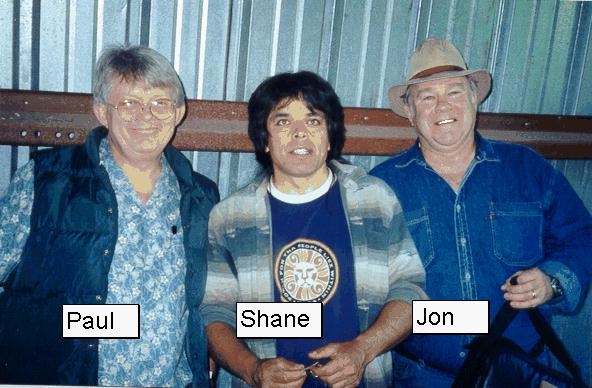An
emerging vision of the
Kohola
Hawaiian Life "Ahupua'a" Sculpture
proposed
for the Waikiki Aquarium
as the final project of the Iliahi
Foundation of Hawaii, in memory of James Haley and all
those who work ceaselessly to protect, preserve and
enhance the natural eco-systems including the native
plants, animals and sea life within and around the
Hawaiian Islands.
The Kohola Hawaiian
Life Ahupua'a sculpture today
Click here for the definition of Ahupua'a
Kohola Ahupua'a Sculpture
(proposed for the
Waikiki Aquarium)
Overview
of the Vision
A vision is being
revealed to create and
consecrate a Kohola sculpture from one of the ten Port Chicago logs
.
It will be erected at the
Waikiki Aquarium as a key
feature of the children's Hawaiian Life Exhibit currently in the planning
stages.
This sculpture
will feature
hundreds of surface carvings of native birds, marine mammals, fish and
invertebrates, and trees and plants of
the Hawaiian Islands, common, endangered and extinct. The sculpture surface
carvings will be organized by
climate and terrain elevation zones of the traditional Ahupua'a land scheme of ancient Hawaii where
great continuous swaths of land from the ocean (makai) all the way up to the top
of the mountains (mauka) were managed on a
planned sustainable basis to
produce the fresh water and food necessary to support the original Hawaiian groups of peoples
who inhabited the lands.
At the two ends of the
Hawaiian Life Ahupua'a sculpture will be fountains of fresh and salt water
ponds representative from the fresh water in the high mountains to the sal
water of the ocean at the bottom, with the representational species carved
into the appropriate area of the sculpture. It will be a beautiful site to behold.
Youth of Hawaii will be invited to participate in carving teams led by
master eco-carvers of Hawaii and the Pacific Islands including Tony Shane Eagleton.
The youth will research and do the
appropriate hand carvings of each species appropriate to each zone.
The sculpture is only partically completed. Initial carving was started in 1997
by a number of non-profit organizations in the San Francisco Bay Area
representing Pacific Islanders, the First Peoples of California, the world
Interfaith community, and eco conservation and restoration interests. The
sculpture is currently stored in the San Francisco Presidio waiting
completion of plans and commitments to bring it to Hawaii for placement in
its permanent home which will be at the Waikiki Aquarium's if the current vision is consummated.
The gift
to the Waikiki Aquarium of the Hawaiian Life Ahupua'a Sculpture will be a joint
venture sponsored by individuals and organizations including:
-
The
Nature Conservancy of Hawaii
-
The
Pacific Islanders Cultural Association
-
The
Jon and Karen Larson Family Foundation
-
The Iliahi Foundation of
Hawaii
-
The
Waikiki Aquarium Society
Currently
stored
outdoors at the Interfaith Center at the San Francisco Presidio,
the partially
completed sculpture awaits its
journey to Hawaii and its new life as the Hawaiian Life Ahupua'a Sculpture
at the Waikiki Aquarium.
Above: Sam Hart
(above) of the Pacific Islanders Cultural Association grinds smooth the DNA
surfaces which were carved by Shane Eagleton using chain saws. Hundreds and
perhaps thousands of images of native Hawaiian plant, animal, bird and marine
life will be carved into the surfaces of the DNA by teams of youth in Hawaii
under the supervision of eco-carver Shane Eagleton before the log is eventually erected
vertically.
Below.
Jon Larson,
one of the many Hawaii born and raised mentors of the sculpture, applies a coat of linseed oil to
protect the surface from the elements while it is being stored in the San
Francisco Presidio, the original carving site provided under special use permit
by the U.S. Parks Service, until plans are completed to transport it to Hawaii..
Project Phases:
Phase 1:
(1997-2016)
Clean and prepare the surface
DNA. Store in the Presidio Native
Plants Nursery until the final purpose is determined and the gift is accepted.
Phase: 2:(2017)
Develop a detailed plan to complete the sculpture.
Plans will include the final destination and use with agreement by the receiving
party and funding. .
Planning will include
producing a specific
listing of all Hawaiian life plant, marine mammal, bird, fish and
invertebrate images to be carved into the DNA. Youth groups of Hawaii will be assisted by elder mentors in
the community to select the species to be carved on the surface.
Knowledgeable people at the University of Hawaii, The Nature Conservancy, the
Iliahi Foundation, the Honolulu Aquarium and Sea Life Park will assist in the
selection of the hundreds and perhaps thousands of Hawaiian life images to be
carved on the DNA surface.
Phase 3:
(2018)
Transport the partially completed Kohola sculpture to Hawaii.
Hawaiian youth, under the supervision of eco-carvers includng Tonu Shane Eagleton and other PICA
selected Hawaiian and Pacific Islander eco-carver masters, will complete
the DNA surface preparation, and create animal and plant life carvings on the surface
appropriate to the purpose. It is anticipated the carving can be
accomplished at a special area within the Waikiki Aquarium. The gift envisions
providing a shadehouse within which the sculpture will be placed while being
worked on. The shadehouse would be converted to a Hawaiian Native Plants
and Trees nursery upon completion of the sculpture which can produce native
Hawaiian plants and trees for planting on the Waikiki Aquarium grounds. The Nature
Conservancy and Iliahi Foundation will supply expertise in operating the nursery
and will provide the native plant seeds. The Hawaiian Native Plants
nursery can be a walkthrough feature of the new Kohola Hawaiian Life Ahupua'a
Sculpture exhibit
Phase 4:
(2020)
Complete the sculpture.
Consecration ceremonies are held. Exhibit open to the general public.
The Bronx Zoo sister
project
The
Hawaiian Life's sculpture's sister, The
"One Voice 9-11 Healing
Sculpture",
was dedicated
September 5, 2002 at New York City's Bronx Zoo where it now greets the one
million children and adult visitors to the Bronx Zoo each year.
The One Voice 9-11 Healing Pole
with a representation of New York City Council members, Bronx Borough political
representation, local Jacoby Hospital officials, New York City police and
firemen, school teachers, Monterey student carvers, California Workforce
Investment Board members, administrators and management of the Bronx Zoo, and
surviving members of families who lost loved ones in the 9-11 tragedy.
Background
"Kohola
Sculptures"
is a project
supported by the Jon
and Karen Larson Family Foundation,
a
non-profit 501c3 public benefit foundation with
interests centered in California and Hawaii. The foundation sponsors community activities
which all have
spiritual, cultural healing, or ecological restoration themes in their heart
and soul. Over
the past 15 years, under the umbrella of the Kohola Sculptures
Project, many different individuals and non-profit organizations (each with its own
vision, mission and
priorities) worked together in a burst of creative synergy to create a series of
twelve healing
sculptures carved from old growth previously fallen logs
which range from several hundred to over 1,000 years old.
Ten of the logs are immense Alaskan yellow cedar logs salvaged
in 1997 from the U.S. Navy's former Port Chicago
Naval facility on the San Francisco Bay where they were installed in the 1920's
and used as floating and underwater caissons at the former west coast ammunition
storage and trans-shipping facility. Two others are previously fallen old
growth redwood logs acquired from private land owners near San Francisco.
Each Kohola
sculpture is consecrated for a specific healing purpose.
Each is a model for spiritual healing which honors the cultural and faith
traditions of the peoples and the plants and animal life worldwide.
Six
sculptures have been completed to date.
Four more
are currently in the detailed planning or construction stages.
The 10th proposed to become the
Kohola Hawaiian Life Ahupua'a Sculpture, is in
the visioning stage. The emerging vision is presented herein.
Kohola
Project
Inspiration
The project was first
inspired when the Hawaiian Spiritual Delegation
came to San Francisco in June of 1995 to participate in the
United Nations 50th Charter Interfaith celebration where a call for a new United
Religions Initiative was first heard by a confluence of representatives of the
worlds faith traditions.
The arrival of the Hokule'a sailing canoe from
Hawaii into San Francisco Bay the same week was another key event that
brought together Hovey Lambert of the Pacific Islanders Cultural Association,
Tonu Shane Eagleton, world renown
eco-sculpturist,
Marcus Von Skepsgardh of the Protect All Life Foundation, Melissa Nelson of the Cultural Conservancy,
Paul Chaffee of the Interfaith Center at the Presidio, Pat Friedel of the California Indian
Museum and Cultural Center, Jon Larson of the Jon and Karen Larson Family Foundation, and other individuals and groups who related to the
healing mission.
Their shared visions and creative
energy were further inspired by dreams for a better future in the new Millennium fast
approaching. The people and the historical time of the new millennium together created the historical imperative within which the
sculptures project was born.
It was originally designated the
Kohola Healing Poles Project
honoring the common ties of the many Pacific Islanders at the core of
the project including Jon Larson, the Pacific Islanders Cultural Association,
and Shane Eagleton. The project name was subsequently changed to the
Kohola sculptures project to more broadly honor and represent the diversity of the backgrounds of
all of the individuals and non-profit organizations that have come to be
involved.
The
Healing Mission
Land - Ancient Trees
The First
Peoples
Oceans - The Great Whales
The healing
missions of the Kohola Sculptures is expressed through three living symbols (life forms) of the indigenous plants,
animals and peoples of the world;
-
The great original old growth giant
trees, the redwoods and cedars of the Pacific Northwest,
-
The great whale
(Kohola),
-
The proud descendents of the First Peoples of
the Pacific Islands, California
and the Pacific Northwest.
The whale (kohola) and the old growth redwood and cedar trees, ancient animal and plant species which have co-existed for over 40 million years on this planet, are threatened with extinction as are the history and collective wisdom of the indigenous "First Peoples" of the Earth.
This brings meaning and importance to the healing mission expressed in each of
the Kohola Sculptures.
The stories of the great whale, the great California redwood and Pacific Coast cedar trees, and the
spiritual traditions and cultures of the indigenous peoples of California,
Hawaii and the Pacific region, are re-told through these Kohola Sculptures in a respectful and reverent manner which seeks to heal ancient wounds and
restore new life, respect and hope to the living and future descendants of the indigenous peoples, plants and animals of the world.
KohoLa
- "Seek the Light"
KohoLa is the Hawaiian name for
whale.
Early Hawaiians were inspired by the mother
humpbacks pushing their keiki (calves) toward the surface (toward the light - Ko-ho-La)
for a first breath of air. We used it in the early stages of the project as a spiritual idiom
for "To Seek the Light (Truth)" and to describe all the various activities
which were taking place under the umbrella that was originally called the Kohola
Healing Poles Project and has since come to be known as the
Kohola
Sculptures Project.
The above painting by Bay Area
eco-artist George Sumner called "Bali Hai" depicts a mother Humpback whale gently pushing her newborn keiki calf toward the surface (towards the light) for its first breath of fresh air off the Na Pali Coast of Kauai.
The
original Kohola Carving Team
The Kohola team gathered at the Kohola carving site in the
Presidio of San Francisco
on Earth Day in
February of 1997 to receive the ten Kohola yellow cedar logs salvaged from the
former U.S. Navy base of Port Chicago, 40 miles northeast of San Francisco.
Kohola carving site at
the
Presidio of San Francisco.
More on
the Hawaiian Ahupua'a land and water resources management system
Ahupua'a In
ancient Hawaii, a system of land management developed that mirrored the natural
landscape in which nature itself was honored and respected. 'Aina, the Living
Earth, is the ancestor who provides sustenance.
The natural resources defined the
boundaries of the ahupua'a. This significant land division was generally wedge
shaped that stretched from the ocean to the uplands. The boundary was usually
marked with an altar with the image of a pig, ahu - altar and pua'a - pig.
Kailua, in the Ko'olau-poko, was considered one of the riches ahupua'a on
Oahu.
It had plentiful rainfall, rich forests,
hundreds of streams, sheltered valleys, broad flat lands, protected shores,
and rich ocean fisheries. Malama is the necessary stewardship to care for
these resources and to share with others.
As the water flows down the mountain, it
nourishes food plants. Fishing in the upper streams for shrimp and hihi-wai
(limpets) varied the diet. Kalo, ki, and mai'a (taro, ti, and banana) were
grown downstream near the na hale (houses). As the water reaches level ground
near the ocean, water is diverted to fishponds. The lowest area of the
ahupua'a is the reef edge. The many streams of Kailua ahupua'a still flow into
the Kawai Nui Marsh. Lokahi
reflected
the harmony and unity that needs to exist to keep a balance in nature.
The royal tax on the ahupua'a depended
on the size of the land and what it produced. Tax could include a certain
number of hogs, fish, clusters of feathers, tapa, bananas, poi, and house
items. It has been estimated that the common people received on the average
only about 1/3 of the produce from their labor, while the various ranks of
head chiefs took the remainder.
Kapu and noa, sacred and forbidden, were
enforced to govern water resources., as well as other natural resources. The
kanawai, laws of water, eventually became the law of the land. You could draw
water from the upper parts of the stream, but not bathe. Damaging irrigation
systems or harming the water source resulted in severe punishment. The
Hawaiians were only allowed to fish at certain times of the year. Living on an
island surrounded by salt water, ancient Hawaiians learned the value and
preciousness of fresh, pure water.
Below are the Ahupua'a of the southern half
of the Island of Oahu in the Hawaiian Islands. Note Honouliuli Ahupua'a in
dark green, the conservation area served by The Nature Conservancy and the
Iliahi Foundation of Hawaii.. And the Waikiki Ahupua'a, home of the Kohola
Hawaiian Life Ahupua'a Sculpture to be located at the Waikiki Aquarium.
The Carving Logs
The Port Chicago
Cedar logs
A group of ten unique
logs was salvaged by the Kohola Sculptures Project in 1997. The logs range from
300-1,000+ years
old each, average 30 feet
long, and weigh 2-3 tons each. They were brought by rail to San Francisco in the early
1920's from the Pacific Northwest to serve as submerged and floating caissons at a
former shipyard which was converted to became the Port Chicago
Naval Magazine, a
U.S. Navy ammunition loading base 40 miles northeast of San Francisco.
These ten logs all withstood the immense blast
July 17, 1944 caused by the explosion of two ammunition ships being loaded with munitions for the war in the
Pacific. 320 men lost their lives in the tragic explosion, the largest
single loss of civilian lives during the war. This history is important because it feeds the
healing
and
restoration
themes of the Kohola
Sculptures.
The logs were
removed from service 60 years later in the '80's, stored on a remote mudflat on the San
Francisco Bay, and forgotten. Fifteen years later, destined
to be sold for firewood, the marine salvage firm Specialty Crushing sold them instead
in 1997 to the
Kohola Sculptures Project team.
On Earth Day
in 1997, they were transported by truck to a
special carving site within the Presidio of San Francisco obtained by the Kohola
Project under a temporary "special use permit" from the U.S. National
Park Service.
Historical information about the exact background of the ten Kohola cedar
logs
is not 100% certain. But we have researched all available information and present it
herein as our best judgment and opinion about the sources, ages and
history of each of the Kohola logs.
Kohola Ahupua'a Sculpture
The
sculpture
honors the healing wisdom of the indigenous
peoples of Hawaii and the Pacific Islands. It was sculpted into a Hawaiian
humpback whale by Shane
Eagleton, the Pacific Islanders Cultural Association, and the Kohola carving
support team of organizations from throughout the San Francisco Bay area.
This
sculpture was carved in 1997. The Pacific
Islanders Cultural Association, a San Francisco based non-profit organization seeks to preserve the Hawaiian and Pacific Islands culture in California
and to extend a welcome hand to Hawaiians and all Pacific Islanders
relocating to the Mainland.
We plan to bring the sculpture
home to an appropriate permanent public place in Hawaii for viewing by
all Pacific Island peoples and visitors to the islands. It honors all peoples of Hawaii and the Pacific
Islands on behalf of the PICA organization, the Pacific Islands peoples and the indigenous peoples of
northern California, and the Hawaiian Spiritual Delegation to the UN
Interfaith gathering in San Francisco in June of 1995 when the United Religions
Initiative vision was born. The Waikiki
Aquarium is currently considered as the primary final destination for the sculpture
where it has been proposed to be incorporated into the new Hawaiian Life Ahupua'a exhibit area currently
under design.
Currently
on display at
the Interfaith Center at the Presidio of San Francisco, awaiting its return to
Hawaii.
PAL
Protect All Life Healing Pole in Half Moon Bay, CA (looking towardds the
Hawaiian Islands 2300 miles due west)
This
sister Protect
All Life Healing Pole
was
carved by
Shane Eagleton for the
PAL
Foundation from one of the
ten Port Chicago logs. It is mounted vertically
on PAL property on the Pacific Ocean (background) coastline in Half Moon Bay below San Francisco,
as an "acupuncture needle for Mother Earth".
First Peoples Healing Totem in Indian Canyon near Hollister in central
California
INDIAN CANYON
VILLAGE HOUSE, TOTEM POLE & SOLAR VILLAGE PROJECT
In conjunction with the Mutsun Indian First Peoples and the
Cultural Conservancy, the Larson Family Foundation funded the creation of a
special healing totem pole carved from an ancient log salvaged from the U.S.
Navy at Port Chicago by Tonu Eagleton which has been gifted to the Mutsun
First peoples of Hollister, California where it will be featured in conjunction with construction of an entire village.
Vision:
Indian Canyon will serve as a refuge and a peaceful
place for people in the world who do not have sacred land for
performing their ceremonies. Today almost 5,000 visitors participate
in rituals, educational programs, and vision quests annually. Indian
Village including its Village House and Solar Village Project will
become an irreplaceable resource for community events as well as a
place to honor and preserve cultural heritage.
Jon stands with the First Peoples of
California Healing Totem sculpture at Indian Canyon with abalone
shells linking and honoring the sea, the rocks of Mother Earth,
and the Great Spirit..
Youth
carving
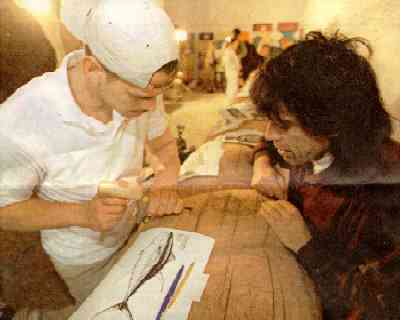
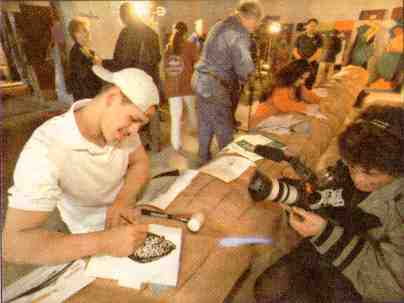
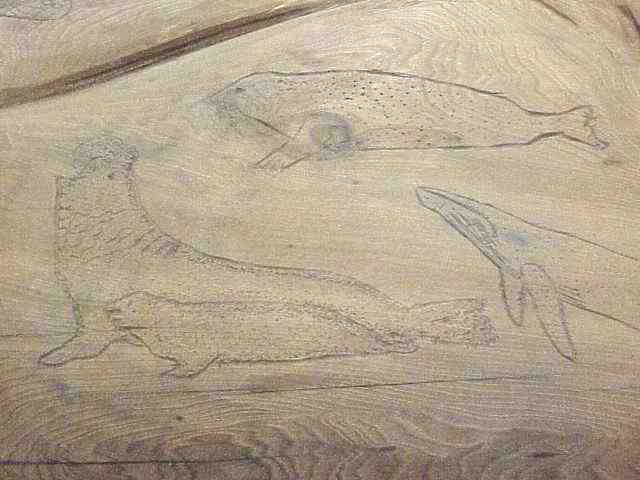
Tonu Shane Eagleton trains youth
to carve symbols of the world's wildlife on the DNA surfaces of his massive
sculptures.
How
the Kohola Sculptures are created
The following series of photos shows the
process of converting salvaged old growth logs into completed healing poles.
These pictures were all taken at the special Kohola
carving site at the San
Francisco Presidio.
The
Carving Process
The logs are
sand blasted to remove mud and loose bark. Rotted out sections are removed with
special chain saws.
Purposes and
healing themes for each log are discussed by project members.
Prior to
carving, each log is consecrated in a special ceremony honoring the traditions
of the First Peoples from California and the Pacific Northwest and the Pacific Islands.
Chains of
the double helix DNA are carved by special chain saws over the entire outside of
the log. Eco-artist Shane Eagleton selected the DNA theme for all the Kohola
Sculptures because it symbolizes all life; animal, plant and human, male and
female. DNA is the common link of all life.
The surfaces
of each log are then ground smooth by special high speed grinders.
Special
symbols appropriate to the intended healing theme and purpose of the log are
hand carved with special carving tools onto the surfaces of the DNA.
A coating of
boiled linseed oil or marine varnish is applied to protect the outer surfaces
from the elements and to help retain the inner red and yellow colorations of the
wood which will turn dark as it oxidizes naturally with the light and the
elements.
The surface
areas are periodically covered with linseed oil for continued protection against
the elements. For healing poles to remain outside in the winter elements,
a special coating is applied to prevent cracking and discoloration of the
exterior from exposure to the elements.
At the final location, a
reinforced concrete and steel base pad is built (see below).
A hole is drilled in the
base of the sculpture, and it is lifted by a crane and placed down over the
steel tube.
Above. Construction
of the reinforced concrete base footing at the Bronx Zoo upon which the
sculpture is mounted.
Below. The sculpture is held in place vertically by the steel tube inserted into
the base of the sculpture.
Transporting the
Sculptures
Flatbed
trucks and heavy duty fork lifts are used to load and transport the sculptures.
The following sequence of
photos shows the early morning relocation of the
sculpture
from a
carving site across downtown San Francisco to its current display site at the Interfaith Center at the
Presidio.
These same methods plus a special Matson shipping container will be used to
transport the sculpture via ship from San Francisco to Hawaii.
Through the streets of San Francisco
In front of the San Francisco Civic
Center Building
Along Crissy Field
with the fog enshrouded Golden Gate Bridge in the background.
Lifting
the healing pole off the truck with the forklift.
Careful
placement in its final resting place.
Mission
accomplished. This sculpture will not be installed vertically until it is taken
to Hawaii for its final permanent installation.
The
Artist
Eco-sculpturist
Shane Eagleton, artistic Director of the Kohola healing poles project.
"WhaleForest" wood print by Shane Eagleton
"Keiki
Kohola Whale" - by Shane Eagleton
The Artist:
SHANE EAGLETON is a
master woodcarver, ecologist, and educator. For 20 years he has created a
multitude of sculptures, a few of them mentioned below. Trees are not sacrificed
for his artwork. He only uses naturally fallen timber or recycled wood. The tree
becomes the medium for the message.
Eagleton's artwork abounds with
images from the natural world, bringing attention to the plight of endangered
species. Shane's carvings are enduring and inspirational monuments to our
precious Earth and the need to pre-serve her for future generations.
Shane is son of a British Royal Air
Force officer who found his bride in Fiji. The family left Fiji when Shane was 6
to move to New Zealand. There he stayed until 17, when he set out to see the
world. Shane spent years traveling through Africa, the Middle East, and Europe.
He made his way to the United States for the first time when he crewed on a
yacht crossing the Atlantic.
In America Shane learned the art of tree surgery, a
vocation which led him in two directions at once. He found a cause - recycling
trees instead of consigning them to landfill or a buzz-saw. For Shane the cause
has become spiritually grounded; giving trees a second life is symbolic of
treating the whole planet and its endangered life-forms with more care and
respect. Tree surgery also gave Eagleton an amazing tool, a new kind of artist's
brush - the chain-saw. He has more than a dozen saws, ranging from small
delicate machines to one with a chain arching out six feet. Whether he is
sculpting a 40-foot whale from of a single 2,000-year-old redwood, carving small
"fish" to make art-collectors out of awestruck children, creating
furniture, raising healing poles, or crafting puppets, Eagleton is a master with
anything made of recycled wood.
Shane's giant eco-sculptures adorn the stage at the
October, 2002 Bioneers Conference in San Francisco. Turtles, dolphins,
buttterflies, a toad stool, sea horses, whales, male and femal tiki's, birds in
flight formed the backdrop to the speakers at the conference attended by over
3,000 participants. The sculptures were all carved in
Hawaii from salvaged native Hawaiian hardwoods and flown to the conference in
San Francisco.
A ten foot Hawaiian turtle and a six foot butterfly,
two of Shane's twelve sculptures that adorned the conference stage.
Shane's work has been collected all
over the world. In the Bay Area it can be found at the Shoreline Amphi-theater,
Strybing Arboretum, the Mission Cultural Center, and St. Gregory of Nicea
Episcopal Church in San Francisco, and in the Presidio Native Plants Nursery.
His work is also installed in Australia, Czechoslovakia, England, Hawaii, and
Samoa. Mr. Eagleton is an artist-in-residence at The Cultural Conservancy and
involved in a continuing series of projects with the Interfaith Center at the
Presidio. He was recently invited to create a Center for Trees, Culture, and
Sustainability at the Windward Campus of the University of Hawaii. He will also
continue his relationship with the Conservancy and Center.
Mother
Kohola sculptur
e
by Shane Eagleton
on display at Crissy Field on San Francisco Bay at the
Pacific Islanders Cultural Association's Aloha Festival in 1996. It
is carved from a
single 5 ton 40 foot long 2000 year old abandoned redwood log salvaged from a
defunct sawmill in Mendocino County, California.
Click here
for more background information on
Shane
Eagleton.
<==
A
brief history of the Kohola Project
The project genesis was at the United Nations 50th Anniversary Interfaith activities in San Francisco in June of 1995. At the invitation of the United Nations, San Francisco and Grace Cathedral were asked to host an Interfaith celebration honoring the 50th anniversary of the signing of the Charter of the United Nations in San Francisco in June of 1945.
Religious leaders representing
the world's faith traditions, UN leaders representing all member nations of the United Nations, Nobel Peace Prize winners, heads of State, children from international children's choirs, and young men and women from the Rediscovering Justice Conference representing all faith traditions, met at Grace Cathedral and heard a call for a new United Religions Initiative
modeled after the political UN which seeks to promote respect, peace, understanding and healing between the world's main common era faith traditions.
During the Interfaith activities, the Hawaiian Spiritual Delegation hosted by Hawaii born San Franciscan Jon Larson and led by Rev. (Kahu) William Kaina and Kehaulani Kea of Honolulu met with many world peace representatives including Archbishop Desmond Tutu at the University of San Francisco ReDiscovering Justice Conference, native Americans at the University of California, and Rev. Paul Chaffee of The Interfaith Center at the Presidio.
They first viewed the great life-size whale being carved by Shane Eagleton from a
2,000 year old fallen Redwood tree trunk. They named the sculpture
KohoLa
(the Hawaiian word for the humpback whales of Hawaii). Early Hawaiians observed the mother whales gently pushing their newborn keikis (calves) towards the surface (the light) for their first breath.
KohoLa literally translates to "Seek the Light" and is used by the Kohola
Project as a spiritual idiom for to "Seek the Truth."
Within
these exciting historical spiritual circumstances, the Kohola
Sculptures Project was born.
Project Participants
Kohola
Project participants include:
Interfaith
Center at the Presidio
Presidio of San Francisco
National
Park Service
The
Cultural Conservancy
Pacific
Islanders Cultural Association - PICA
GGNPA
- Golden Gate National Parks Association
Presidio
Native Plants Nursery
Muwekma
Ohlone Indian Tribe of the San Francisco Bay
Shane
Eagleton, eco-sculpturist
PAL
- Protect All Life Foundation
California
Indian Museum and Cultural Center
GGNRA
- Golden Gate National Recreation Area
Monterey
County Youth Workforce Investment Board
The Iliahi Foundation of Hawaii
Jon
and Karen Larson Family Foundation
PICA - Pacific Islanders Cultural
Association, one of the mentors of the Hawaiian Life Ahupua'a Sculpture.
Many individuals have contributed
to the Kohola Sculptures Project and the carving of the Kohola Sculptures. Special
thanks to those below who have made
special
contributions.
Shane Eagleton - Master carver
Manley Bush - Olena Productions
Jules Hart - Eye Goddess Productions
Marcus VonSkepsgardh - Protect All
Life
Melissa Nelson - The Cultural
Conservancy
Francisco DaCosta
- National Park
Service
Paul and Jan Chaffee - Interfaith
Center at the Presidio
Joseph Werner - Workforce
Investment Board of Monterey
Rudy Rosales - Ohlone Costanoan
Esselen Nation Indian Council
Elayna and Sonne Reyna - San Juan
Bautista American Indian Council
Rosemary Cambra - Ohlone Muwekma
Indian Tribe of the San Francisco Bay
Hovey Lambert, Julian and Shirley
Avilla, Sam Hart - Pacific Islanders Cultural Association
Jon and Karen Larson
Benefactors
Jon and Karen Larson,
standing with the One Voice 9-11 Healing Totem sculpture at the Bronx Zoo in New
York City.
Through their small family foundation, the Jon
and Karen Larson Family Foundation, they hope to bring the Hawaiian Life
Ahupua'a sculpture back to Hawaii where Jon was born and raised, where Karen
graduated from college (UH), where they were married, where their son Derek was
born, and where Jon's mother Becky (96) and his sister Helen live and where Jon
maintains many lifelong friendships and connections to the local Hawaii
community.
Above is one of the original ten
Kohola logs salvaged
in 1997 from the former U.S. Navy Port Chicago Naval Magazine base in the San Francisco Bay
as it arrived at the original
carving site at the Presidio of San Francisco before being carved into a healing
pole. The surfaces were charred and worn from being in service in the Bay for
over 50 years as floating shipping
caissons. The Hawaiian Life Ahupua'a sculpture was carved from one of these ten
logs.
Ten Alaskan yellow cedar logs were salvaged from the former Port Chicago Naval Base in 1997.
Here they are stored in the San Francisco Presidio prior to being carved into
healing poles. They average 30 feet in length and weigh 2-3 tons each.
Their ages vary from 300 to over 1,000 years old. It is difficult to
determine the exact age of each log because the original cedar trees reached
over 100 feet tall and these logs averaging 30 feet each could have come from
upper sections of a much older old growth tree at the base. Actual ring counts
indicate an age of over 1,000 years of the Hawaiian Life Ahupua'a Sculpture.
The Port Chicago Disaster
and
the
Port
Chicago Kohola Logs:
The
One Voice Healing Pole and the other nine Kohola logs all survived the
massive calamity at the Port Chicago Naval Magazine ammunition base the night of July 17th, 1944.
Two ammunition ships being loaded
with munitions destined for the war in the Pacific exploded in a freak accident
unexplained to this day. The two ships, the ammo loading facility
and the lives of 320 Sailors, Marines, Coast Guardsmen, Merchant Mariners,
and workers on duty that night were all pulverized in an
instant in the immense explosion. 390 more were injured in the blast that also
damaged or destroyed many of the surrounding buildings at the naval base and the
nearby town. The explosion and flames up to 2 miles high lit up the night
sky and could be seen and heard up to 200 miles away. Some feared the world's
first explosion of an atomic bomb had just occurred.
This history is important because it feeds the healing and
restoration themes of the current use of the Kohola
Sculptures including the One Voice
Healing Pole.
The 1944 Port Chicago
Naval Magazine explosion:
Above is what we believe to be historical evidence of the Kohola logs from
official U.S. Navy photos of the Port Chicago 1944 blast. Note in the
bottom photo on the right hand side what
we believe is one of the ten salvaged Kohola logs that survived the blast, wrapped in
the heavy chains which tied the floating caissons together.
Although exact historical information
regarding the source of the Kohola logs
is not 100% verifiable, we have researched available information and present it
herein as our best judgment and opinion about the source, age and
history of the logs.
Ownership:
No one OWNs the Kohola sculpture. Together we are
all responsible for mentoring the spiritual energy and
healing purpose of the sculpture until we can find a final permanent home for it
in Hawaii.
Current keepers of the spiritual
mentorship of the sculpture include:
- Members of the Pacific Islanders Cultural
Association including Samuel
Hart, spiritual kahuna of PICA, Shirley and Julian Avilla, and Hovey
Lambert, past presidents of PICA..
- Jon
Larson, director of the Kohola sculptures project which financed the
original acquisition and carving of the twelve healing sculptures including
this one.
- Paul
Chaffee, director of the Interfaith Center at the Presidio representing the
world interfaith community,
- Melissa
Nelson, president of The Cultural Conservancy representing the First Peoples
of California
- Shane
Eagleton, master eco carver of the Iolani sustainable arts carving center at
UH Windward CC.
The above are in
agreement that the proper use of the sculpture is to offer it to the Waikiki
Aquarium as a sister sculpture to the New York City Bronx Zoo 9-11 One Voice
sculpture, for incorporation into the new Hawaiian Life Ahupua'a exhibits being
planned, the final location, design and use to be determined by the Waikiki Aquarium
Society supporting the Waikiki Aquarium.
Contact
Us
|
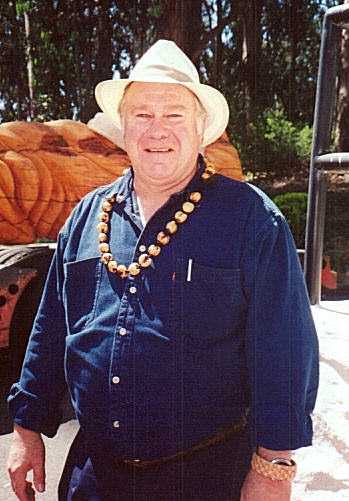 . .
|
Jon Larson
PO Box 751, Tiburon, CA 94920
415-435-3222
jon_larson@hotmail.com
Paul Chaffee, Shane Eagleton and Jon
Larson
On behalf of all of those who have
participated in the Kohola
Sculptures Project, may our endeavors in
the pursuit of healing between all living things on this planet become the
important work of us all.
"As we give,, so shall we receive...".
Return to
the Kohola Sculptures main Site Index
This web site
is maintained by the
Jon
and Karen Larson Family Foundation
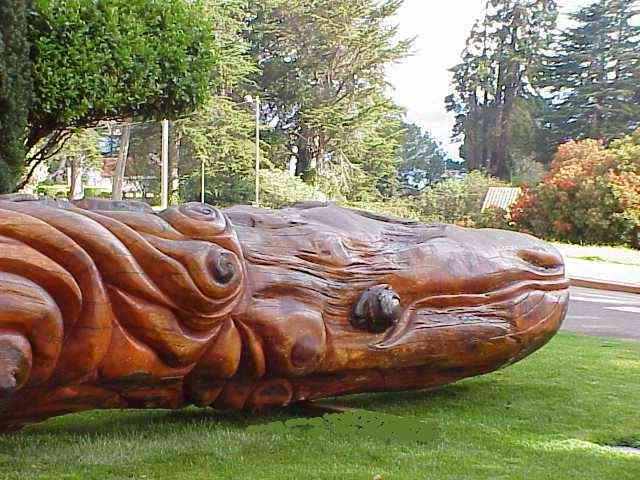
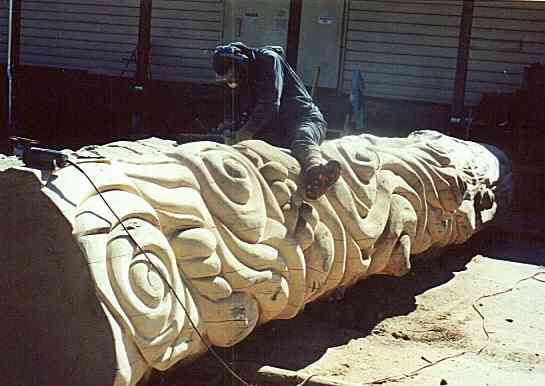
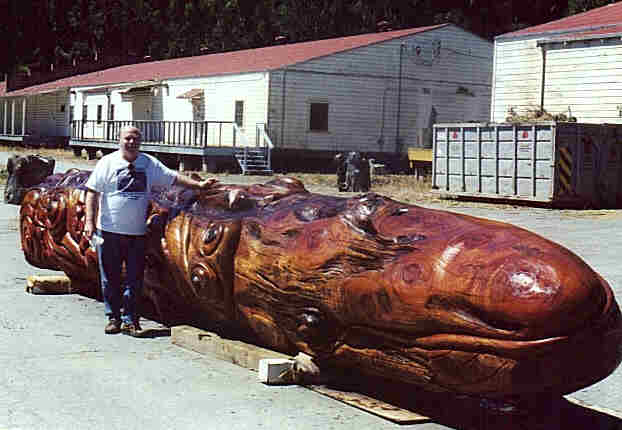
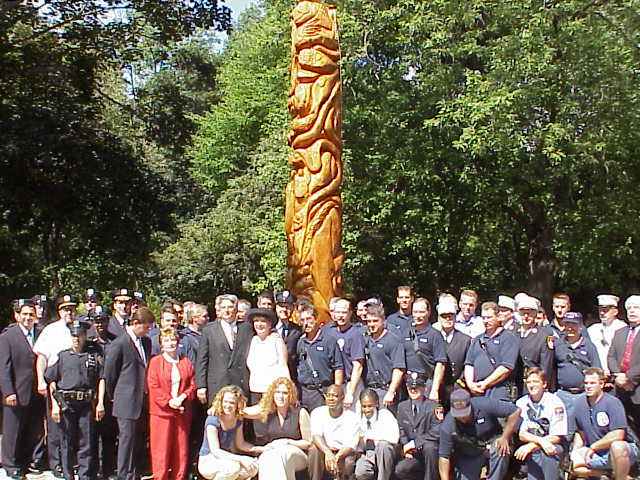
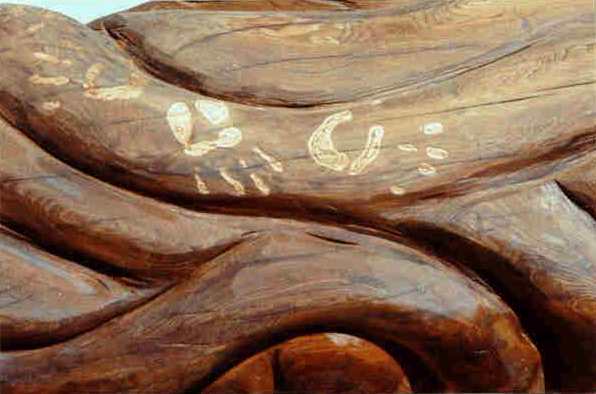
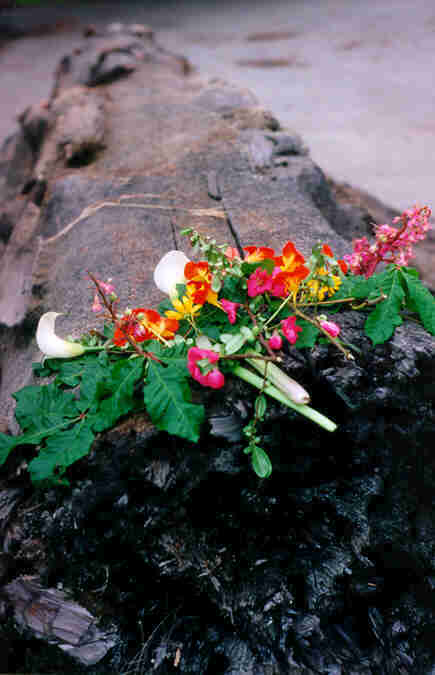

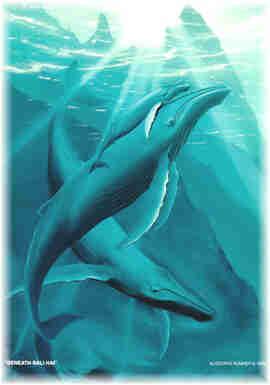
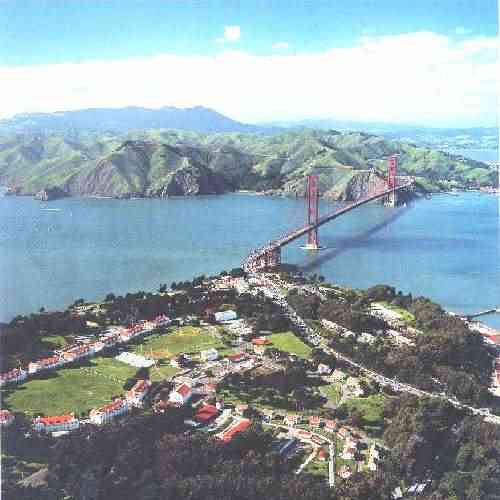

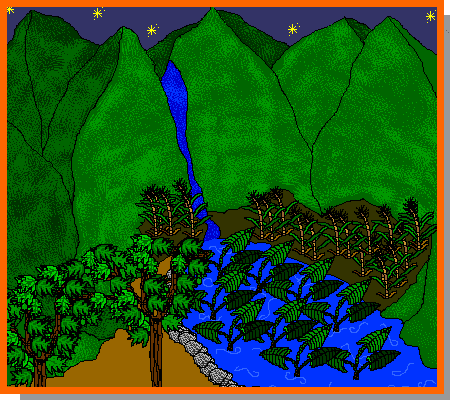
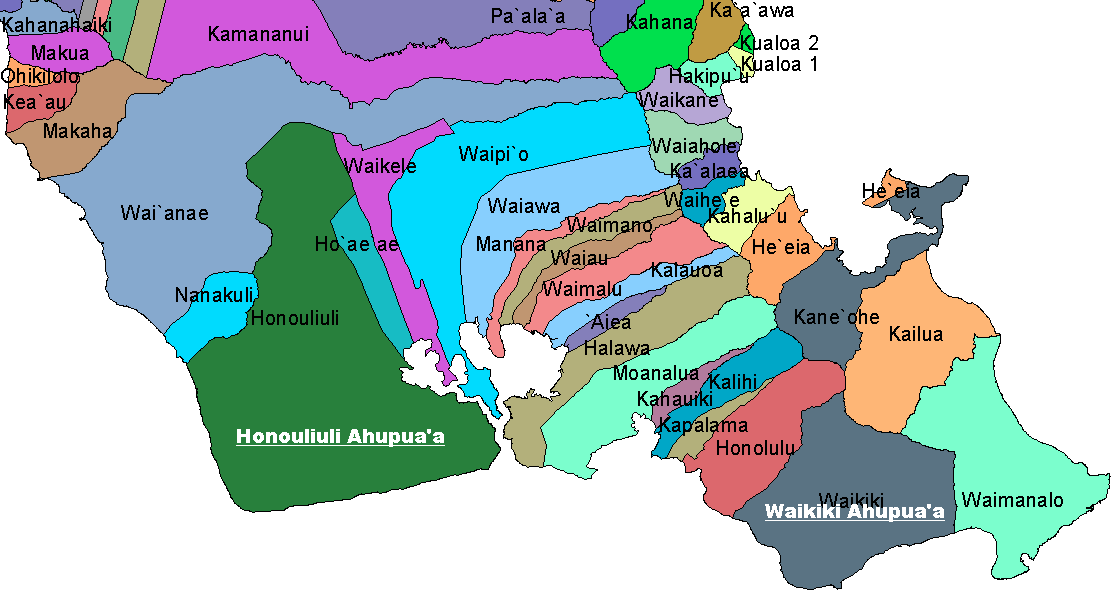
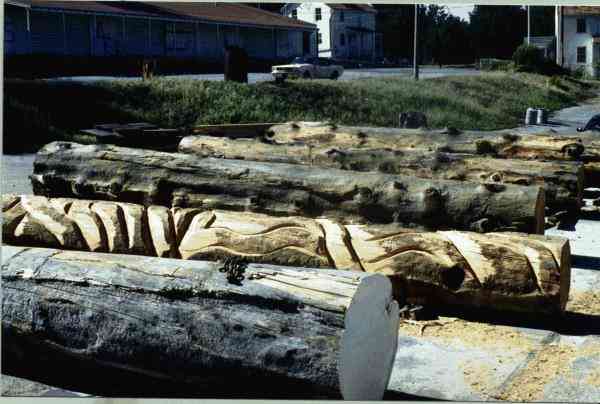
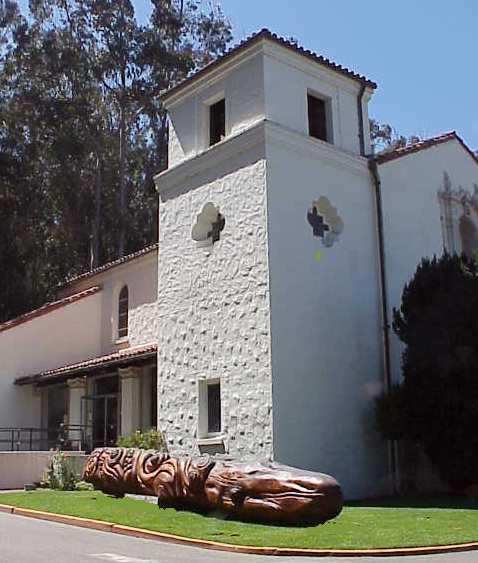
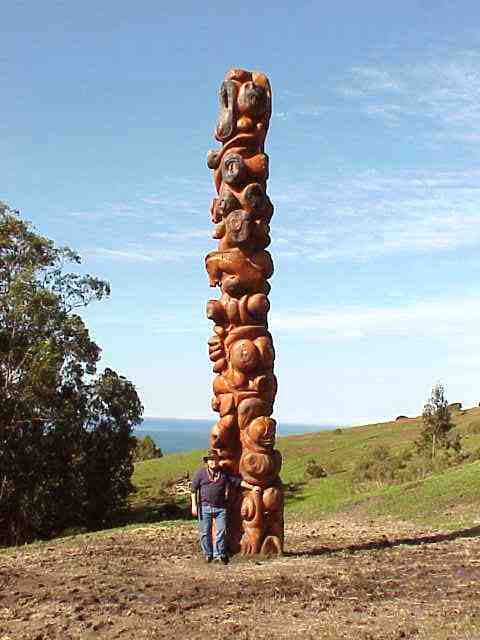
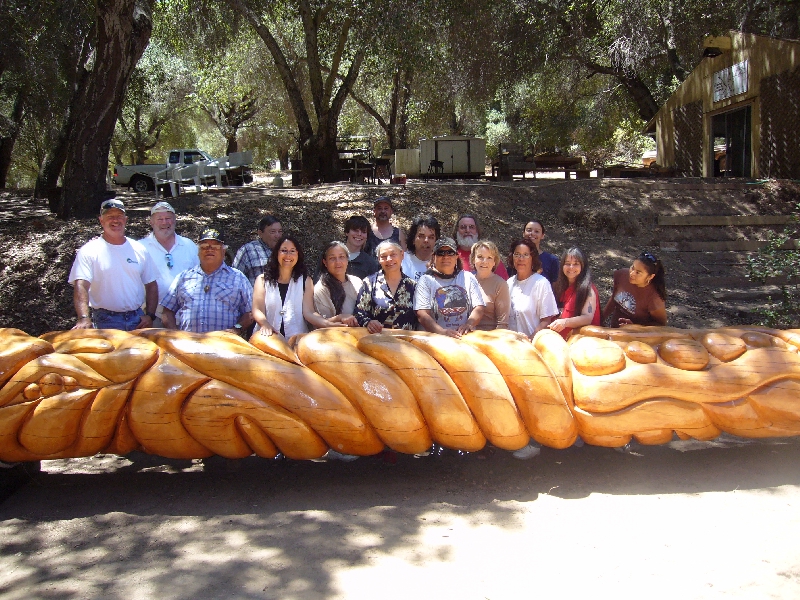
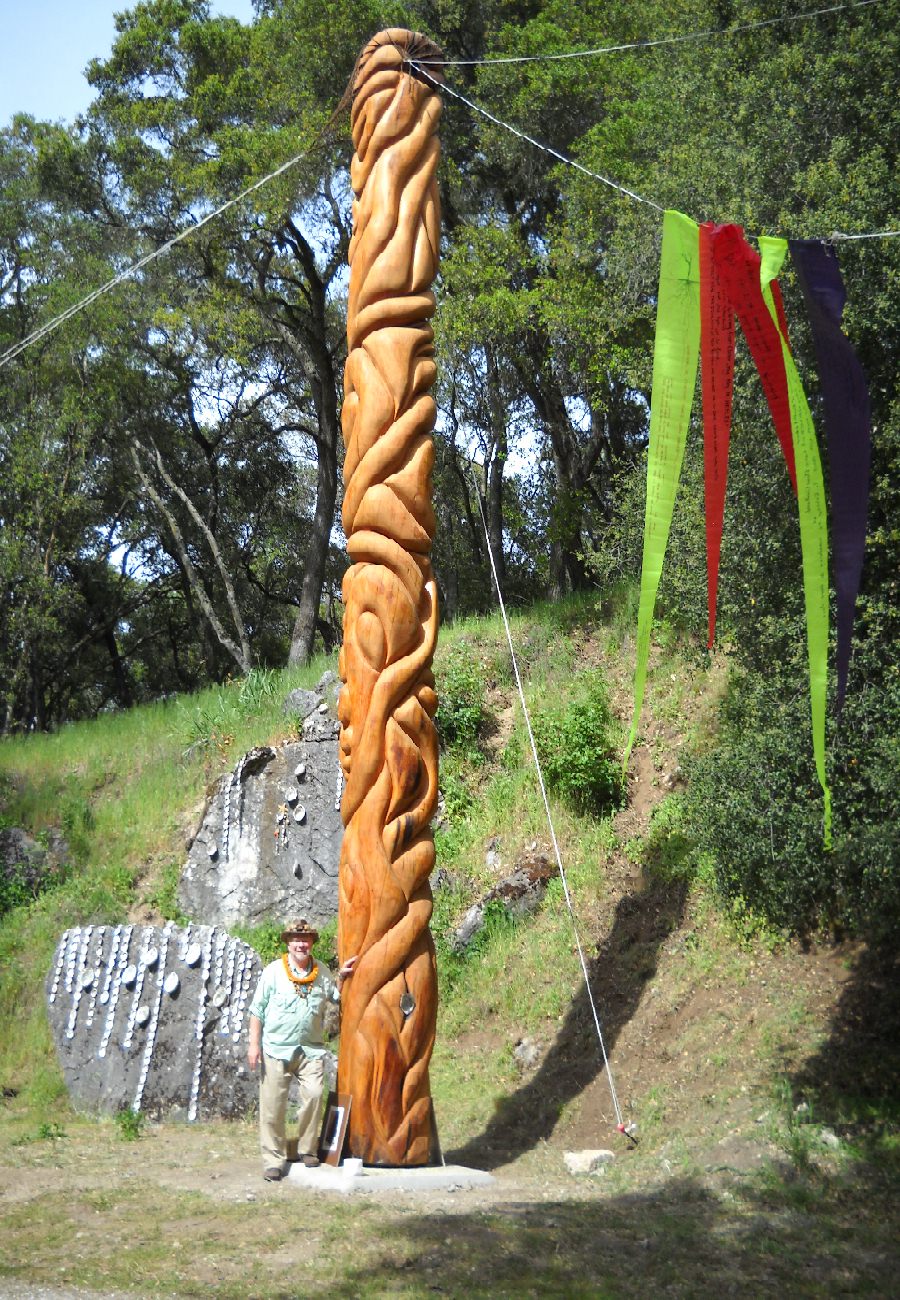



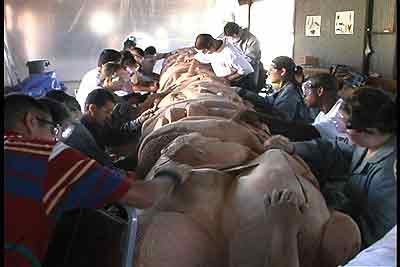
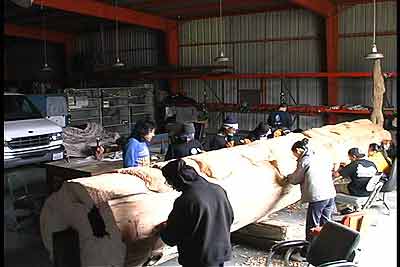
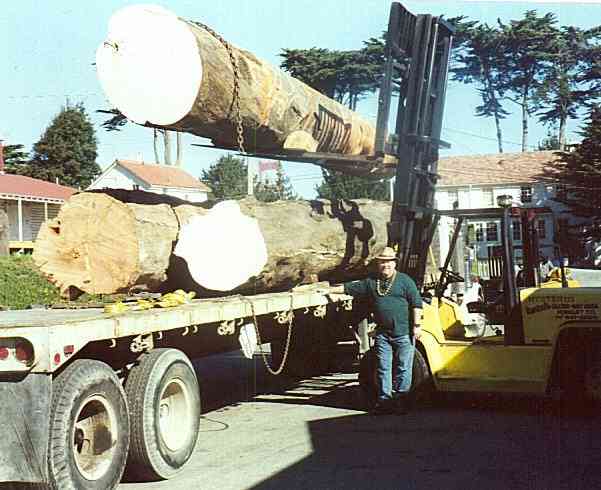
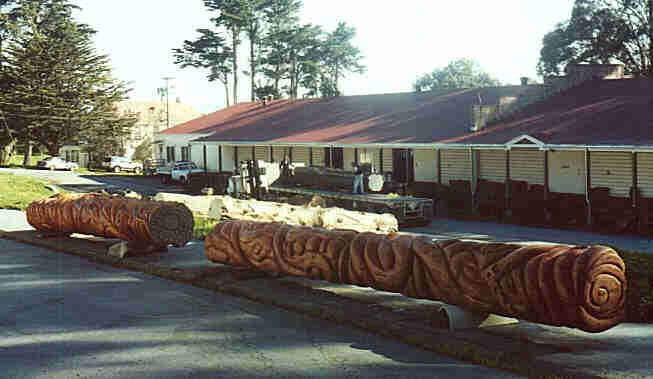
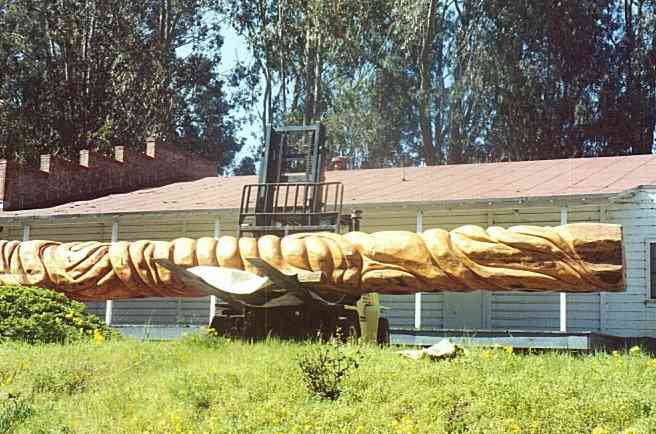
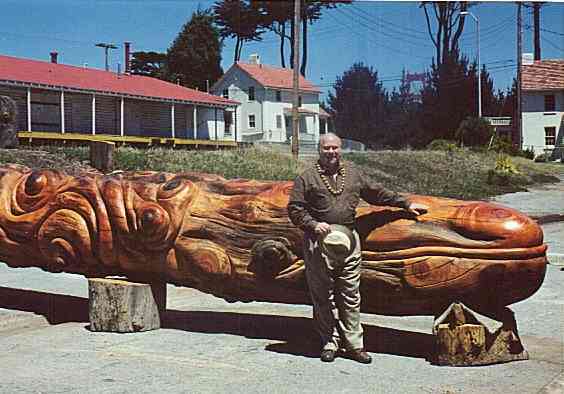
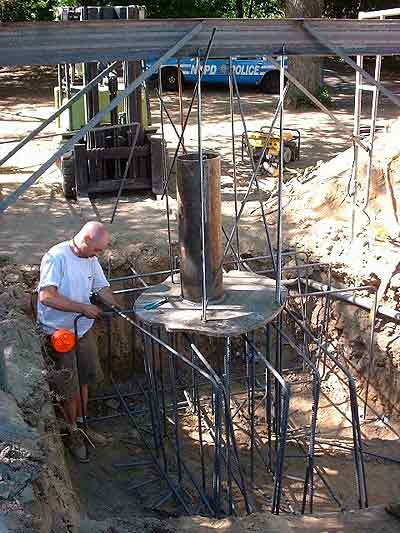
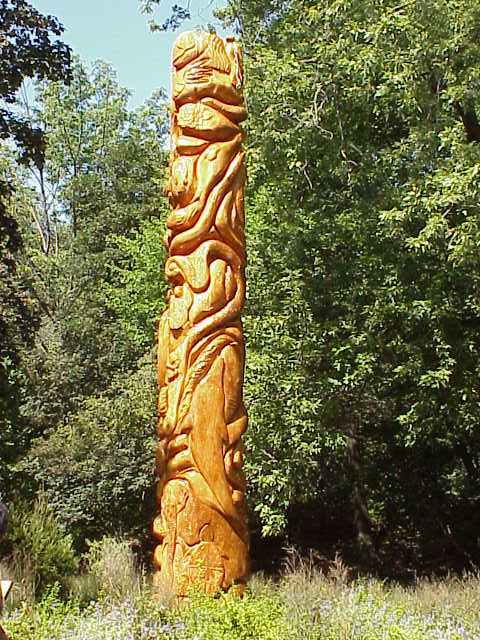
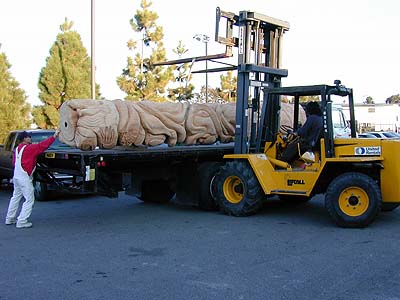
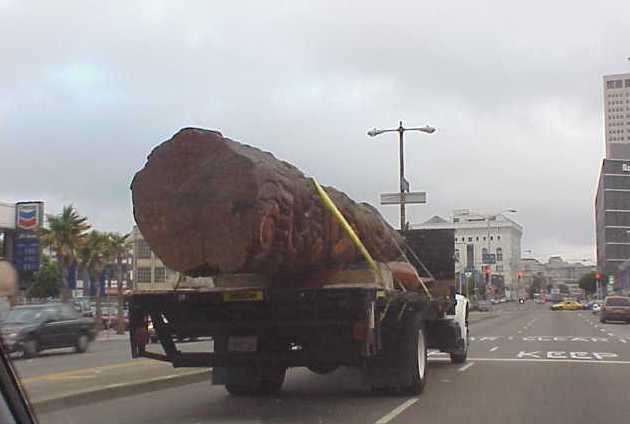
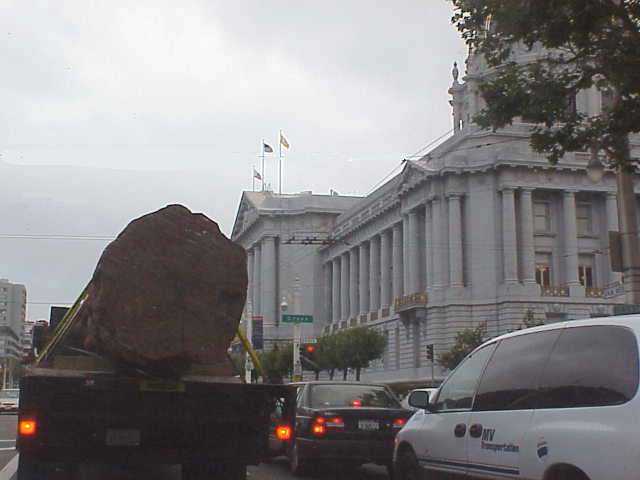
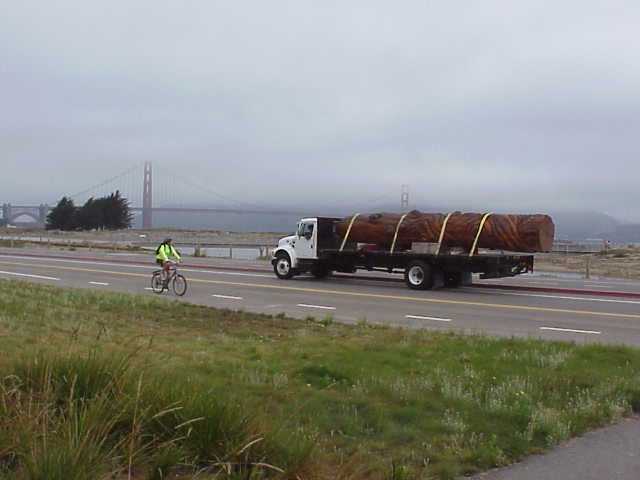
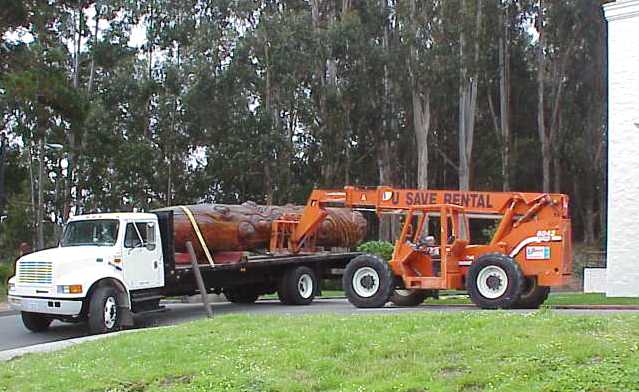
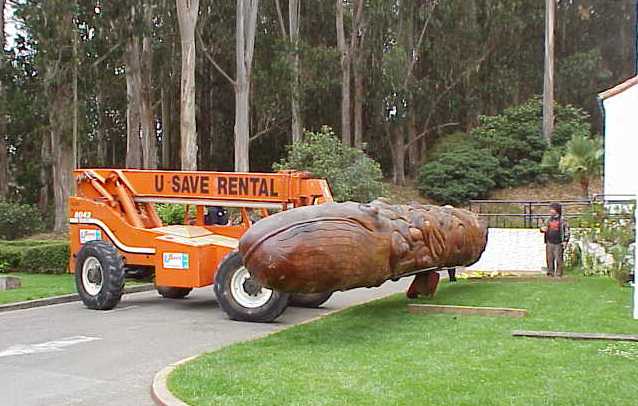
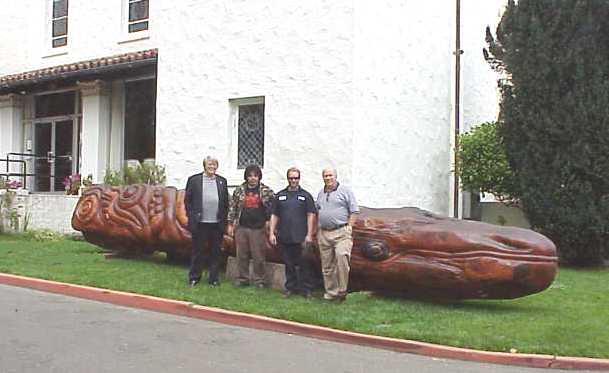
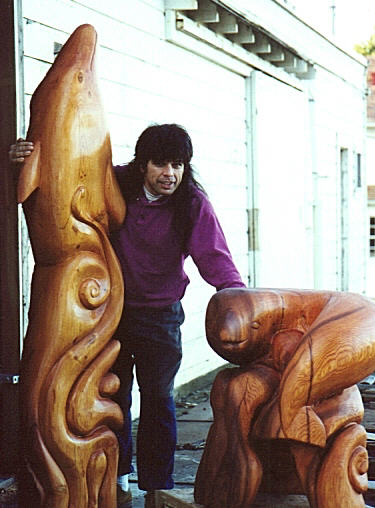
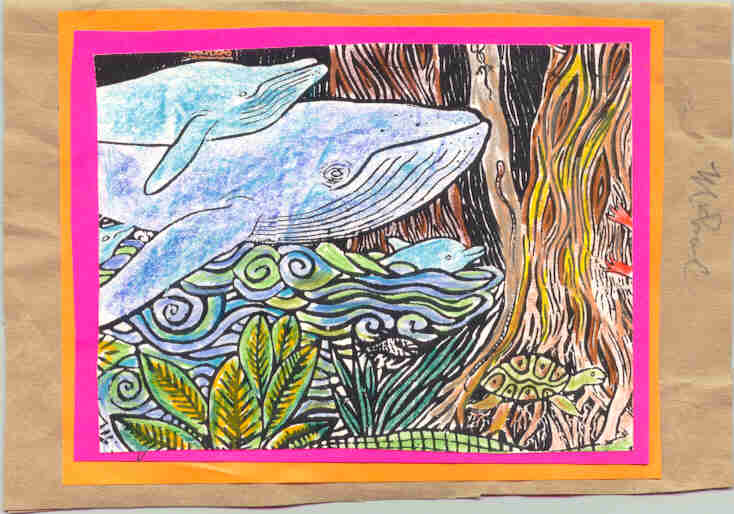
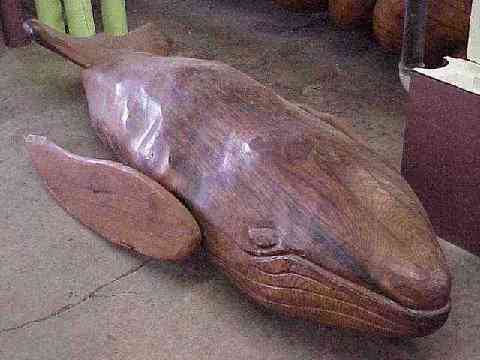
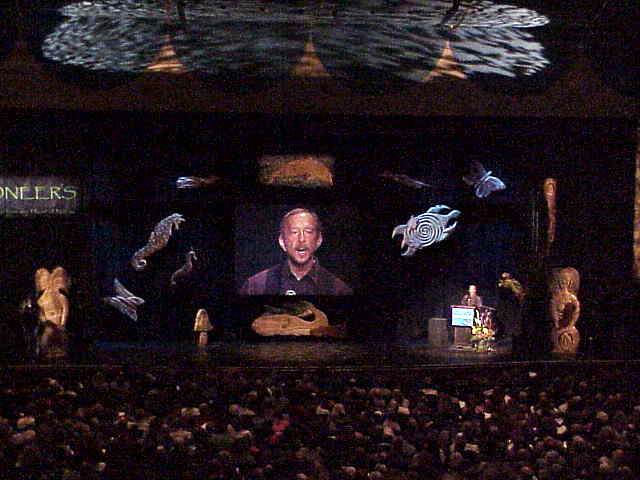
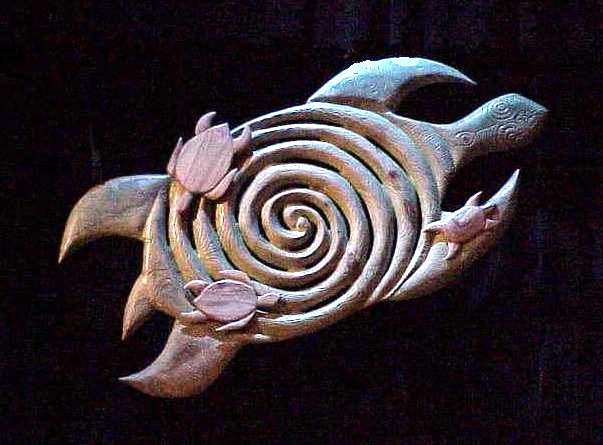
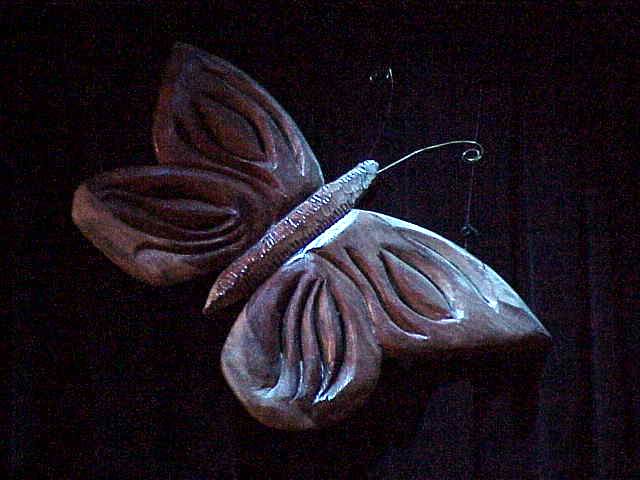
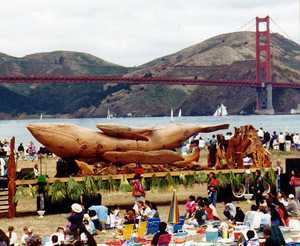
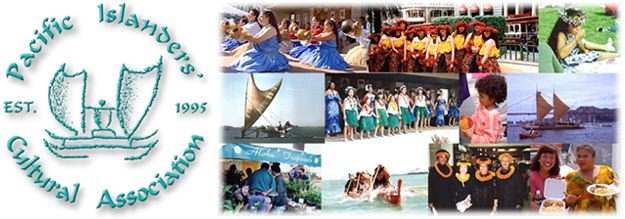
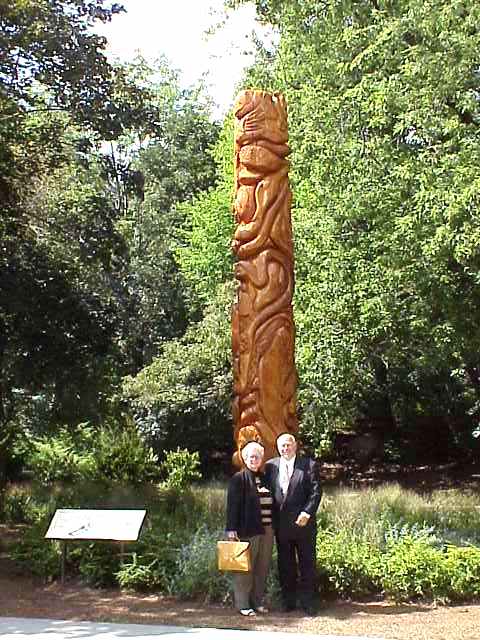
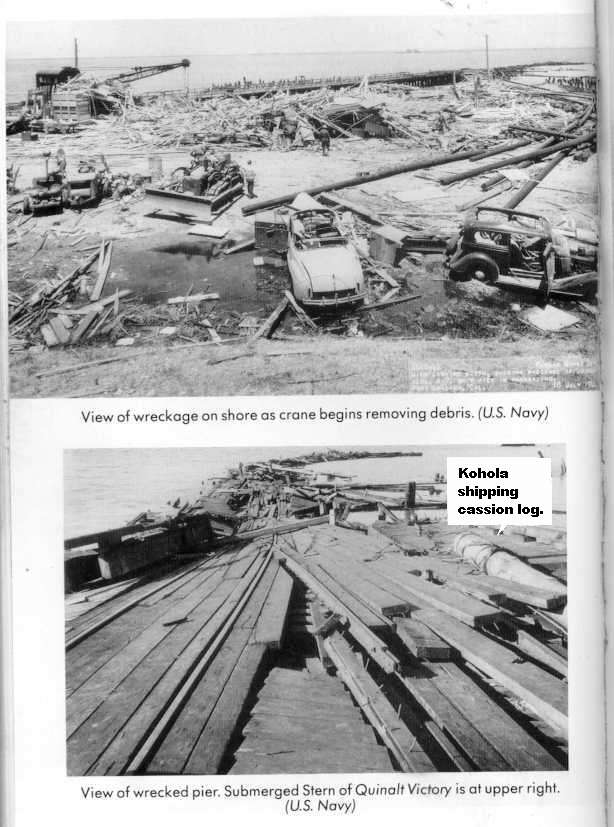
 .
.